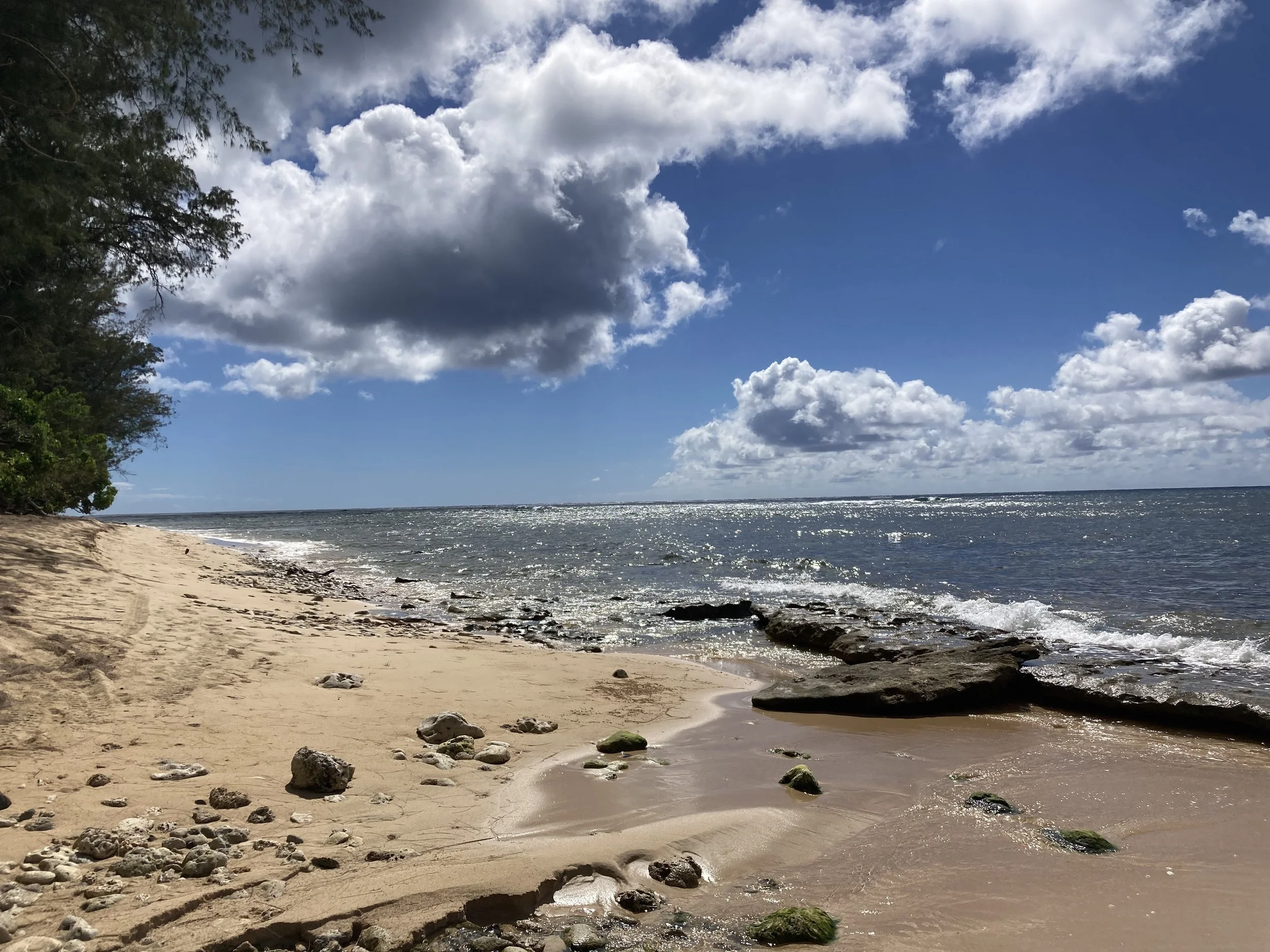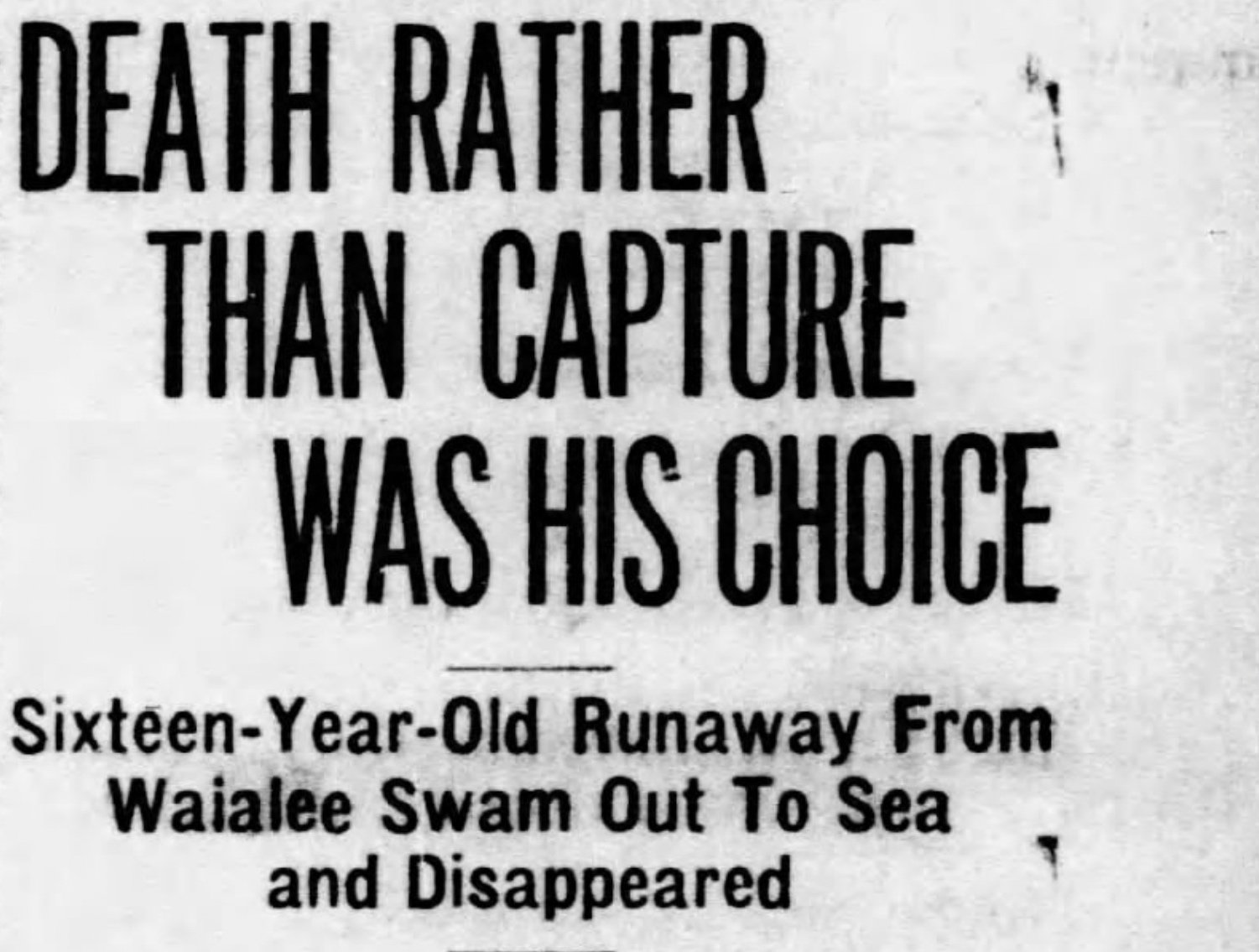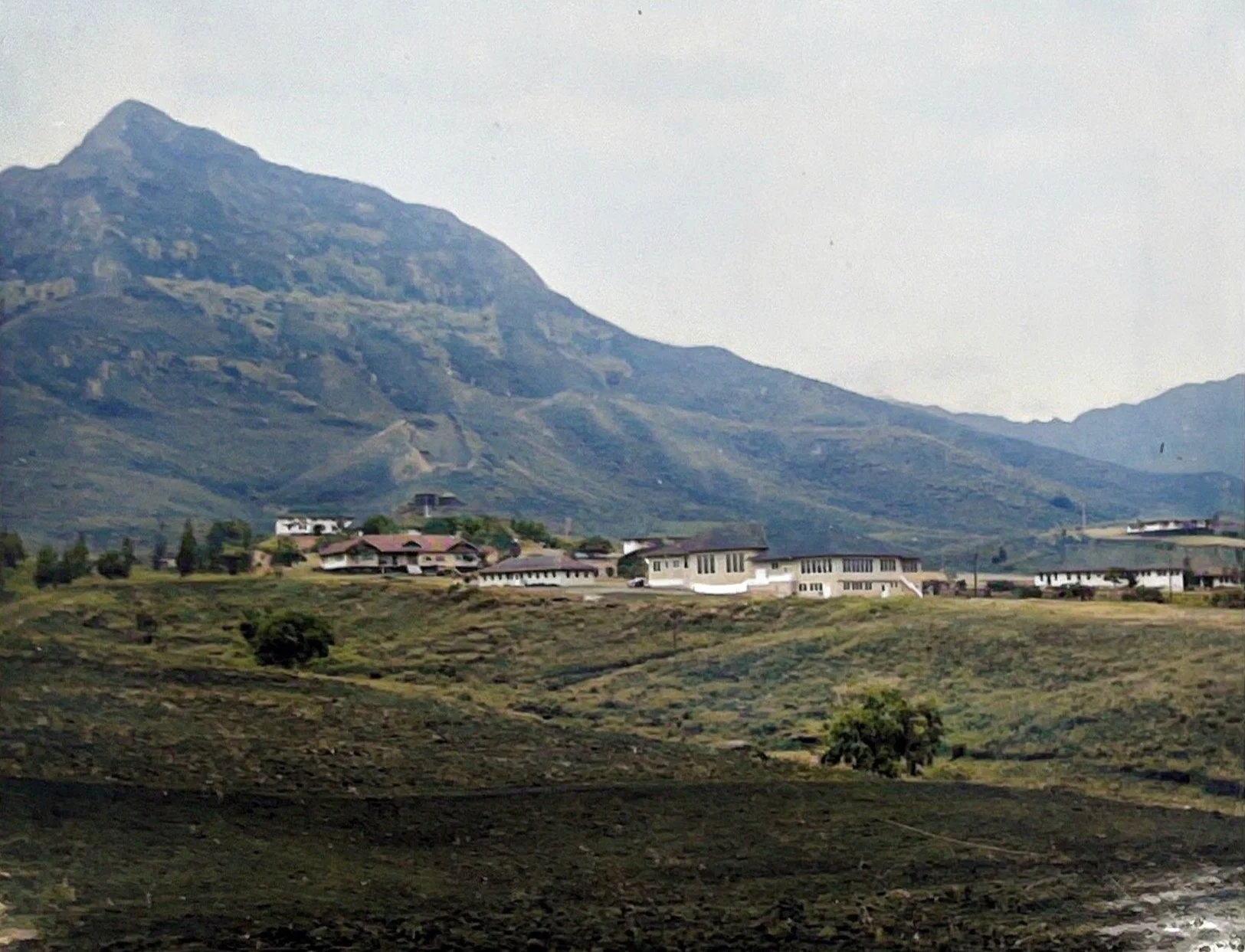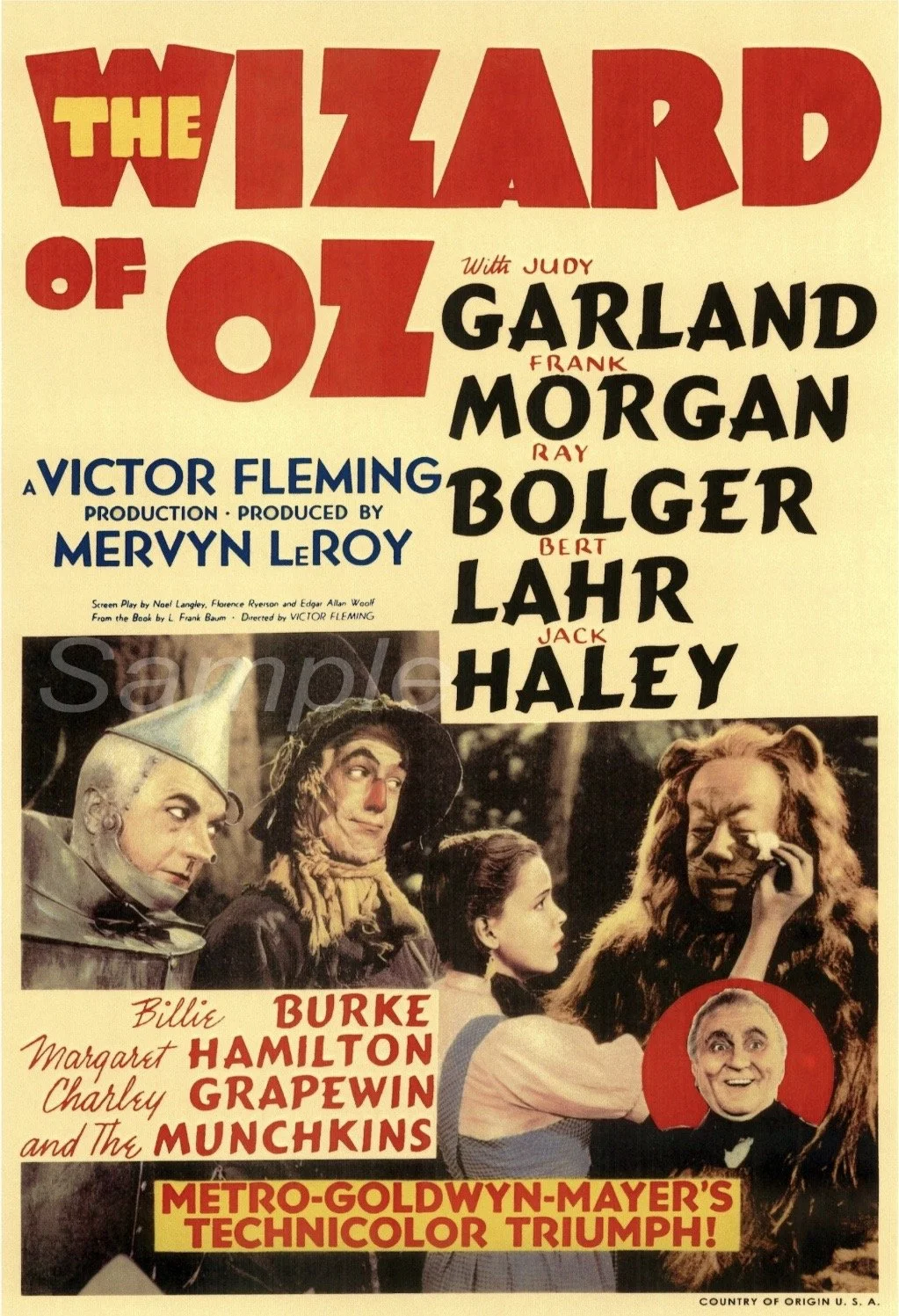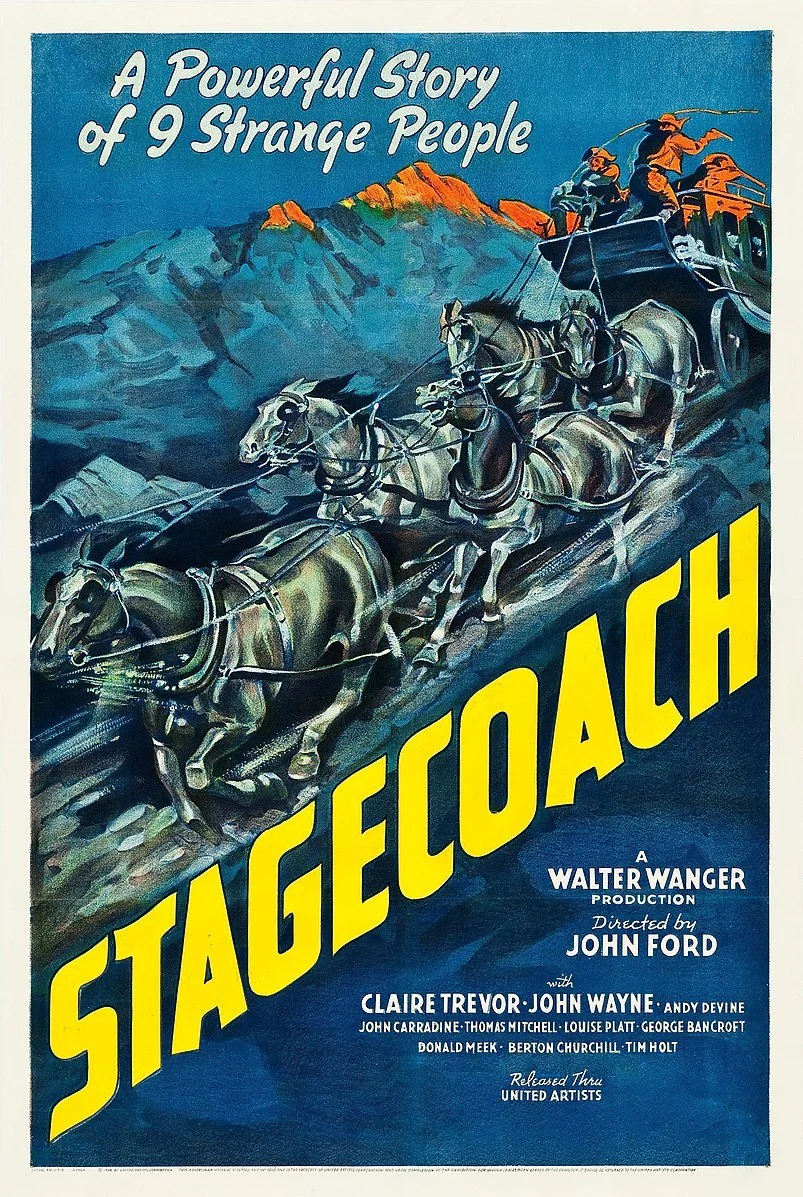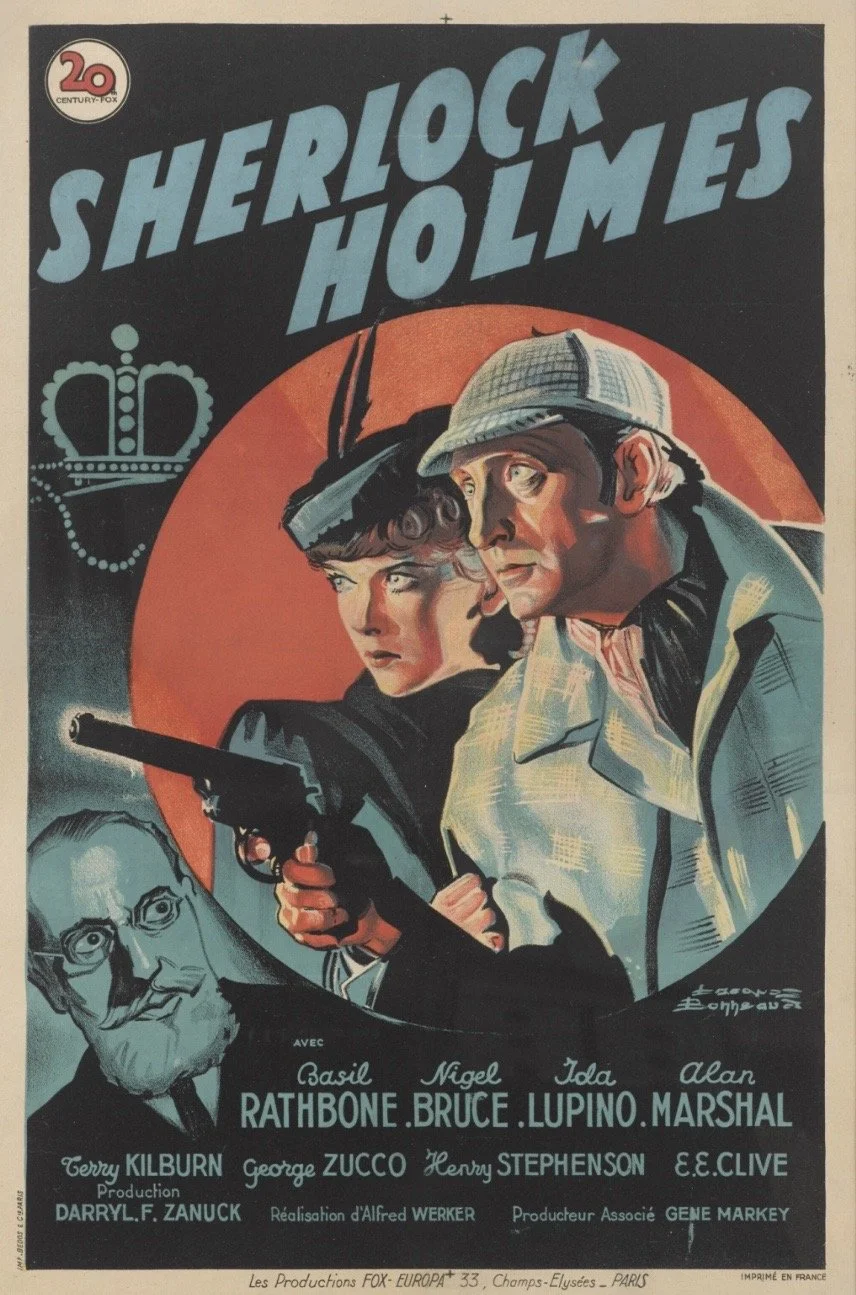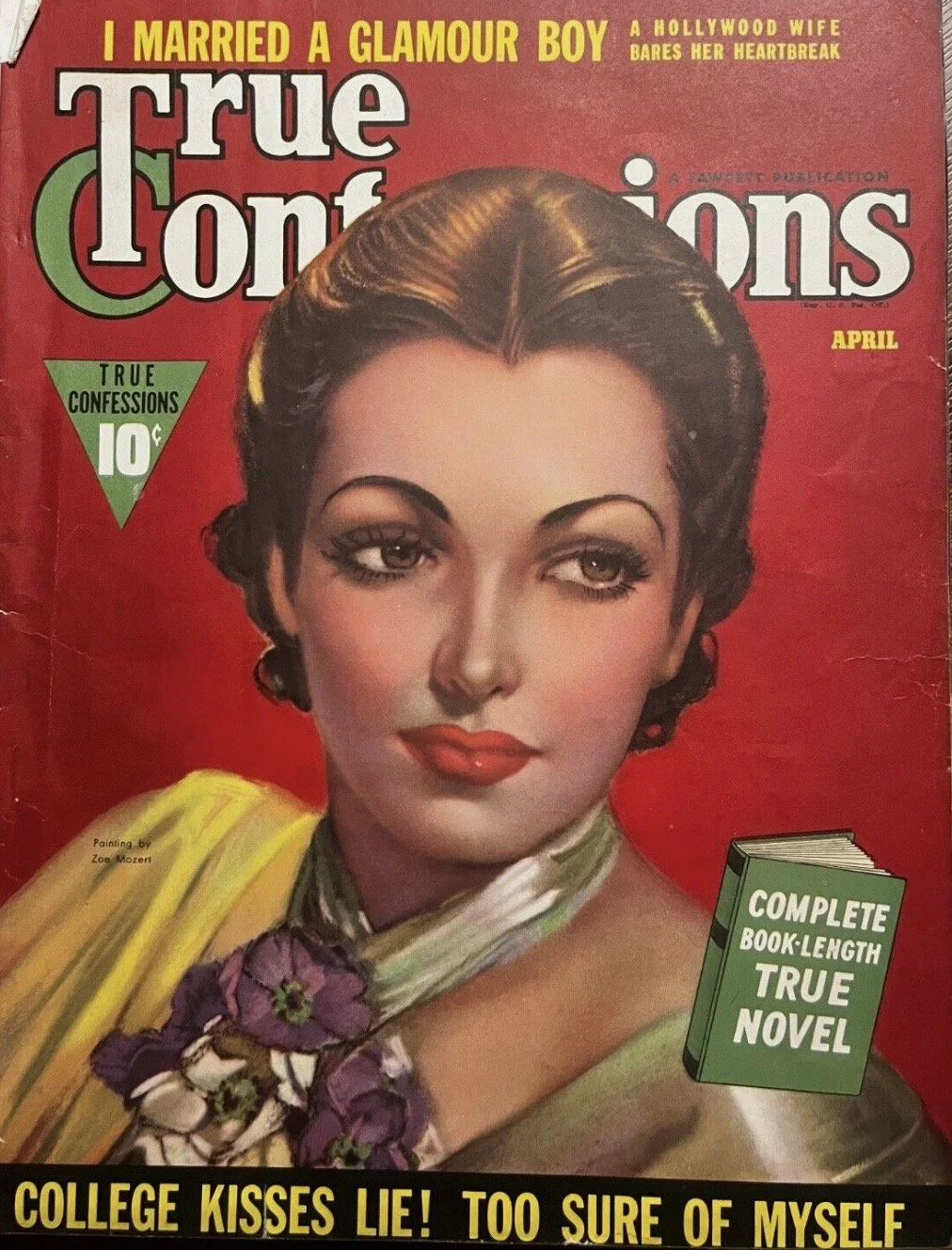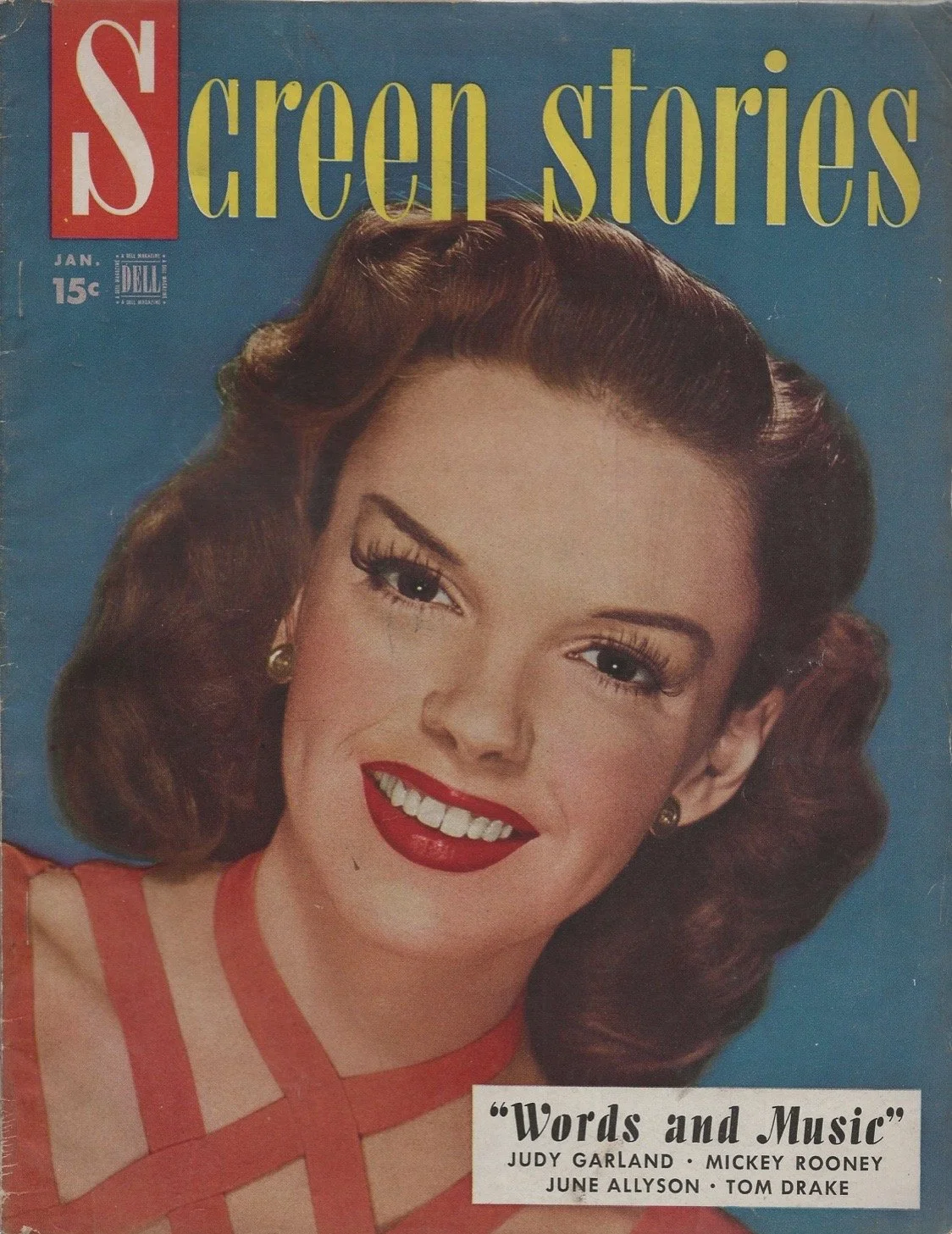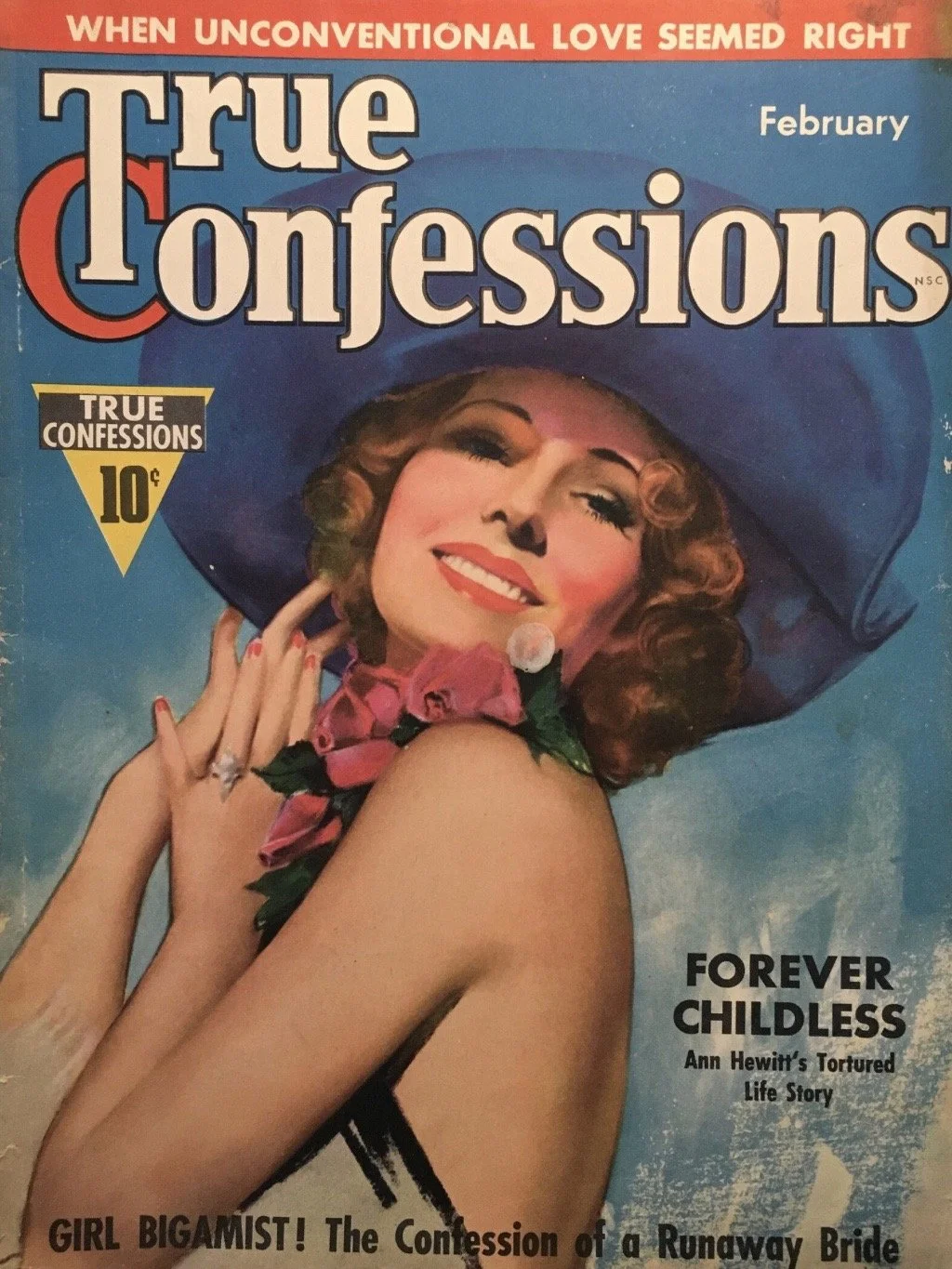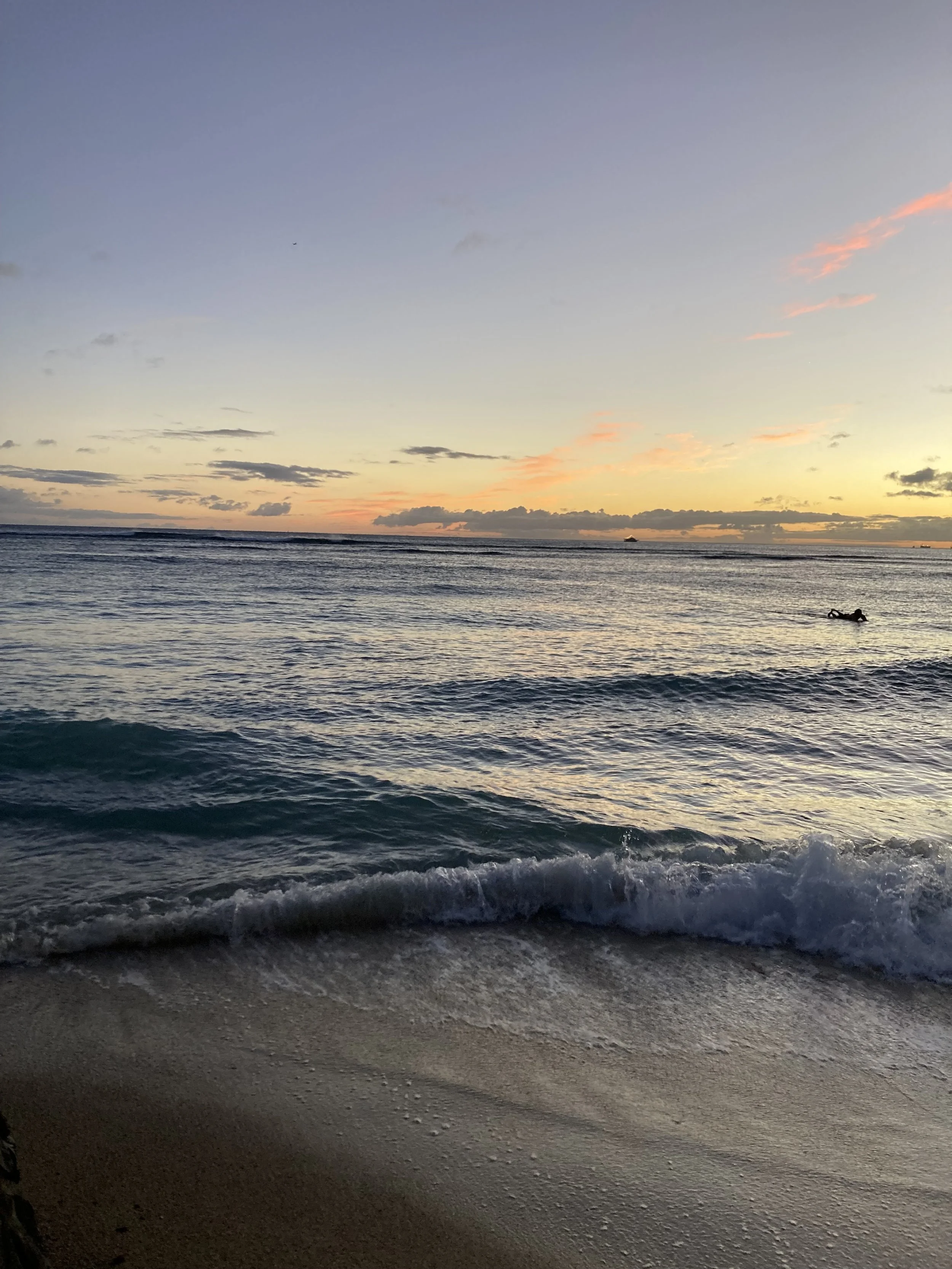The Waialeʻe Runaway Who Swam Out to Sea
One morning in November 1918, Sam K. and his friend Willie C. ran away from the institution where they had been sentenced for the rest of their childhood for petty theft. As soon as the guards noticed they were missing, they began searching for them. Willie was caught just a few hundred feet from Waialua Beach, but Sam refused to give up. He plunged into the ocean.
One morning in November 1918, Sam K. and his friend Willie C. ran away from the institution where they had been sentenced for the rest of their childhood for petty theft. As soon as the guards noticed they were missing, they began searching for them. Willie was caught just a few hundred feet from Waialua Beach, but Sam refused to give up. He plunged into the ocean.
Photo of the beach at Waialeʻe. Photo by Eliana Massey.
Even though Sam was only 15 years old, he was a strong swimmer. He reached the first line of breakers before the guards could get a canoe into the water. Seeing the canoe coming after him, Sam swam farther out to sea. Soon, a crowd gathered on the beach to watch the race between Sam and the canoe. The guards chased him until they reached the reef, where the waves were crashing hard. At that point, they called a sampan (a small boat) to help find Sam, who had already swum nearly two miles.
Suddenly, Sam vanished. The sampan searched back and forth over the spot where he was last seen, but they couldn't find any sign of him. The crowd of onlookers grew worried, fearing Sam might have drowned from exhaustion or been attacked by a shark and notified the local police of his death.
The Honolulu Star Advertiser ran the headline, "Death Rather Than Capture Was His Choice: Sixteen-Year-Old Runaway From Waialee Swam Out To Sea.” But they spoke too soon. The search party on the sampan kept looking for Sam, and six miles from shore, they spotted him swimming calmly. When Sam saw the boat coming, he tried to escape by diving under the water again and again. On one dive, he made a mistake and surfaced too close to the sampan. A guard grabbed his hair and pulled him onto the boat, even as Sam fought to get free. Despite swimming for three hours, Sam showed no signs of being tired when they finally brought him back to shore. The Honolulu Star Advertiser ran a new headline: "Not Drowned, Just Swam Six Miles Out From Shore.”
Sam's bold escape probably made him a hero among the other boys at the institution. His story spread across the United States, appearing in newspapers in Washington, Tennessee, Ohio, Pennsylvania, Wisconsin, New York, and Arkansas, where he was compared to the famous swimmer Duke Kahanamoku.
In 1938, Sam’s story was reprinted in Hawaiʻi, 20 years after it first happened. That same year, the superintendent at the Waialeʻe Training School for Boys observed that their septic tank system was "inadequate," with waste draining directly into the ocean. He remarked, "I wouldn't think of swimming in the ocean off Waialeʻe." After a long day of work in the fields, many of the boys likely wished to cool off in the ocean, especially since the water pressure on the second floors of the dormitories was barely a trickle.
Sam’s escape is more than the thrilling story of a runaway; it highlights the harsh conditions at the Waialeʻe Training School for Boys, conditions that lasted long after he left. His daring swim out to sea, though ultimately unsuccessful, became a symbol of the desire for freedom.
Moʻolelo as Resistance at Kawailoa Industrial School for Girls
The teenage girls who were incarcerated at Kawailoa Industrial School were not too different from teenage girls today. They enjoyed watching action-packed movies, staying up to date on the love lives of their favorite celebrities, and talking about their crushes and “first times.” In 1939, adventure stood out as the favorite movie genre among the majority (57%) of girls living at Kawailoa Industrial School, as indicated by a survey with 65 responses.
A long-distance view of Kawailoa Industrial School for Girls from a 1940’s institutional scrapbook. Digitally colorized.
The teenage girls who were incarcerated at Kawailoa Industrial School were not too different from teenage girls today. They enjoyed watching action-packed movies, staying up to date on the love lives of their favorite celebrities, and talking about their crushes and “first times.” In 1939, adventure stood out as the favorite movie genre among the majority (57%) of girls living at Kawailoa Industrial School, as indicated by a survey with 65 responses. The 1939 cinematic landscape included The Wizard of Oz, which continues to enchant viewers with its timeless melody "Somewhere Over the Rainbow," Stagecoach, starring John Wayne in his breakthrough role, and The Adventures of Sherlock Holmes, which was the last Sherlock Holmes film set in the Victorian period. Out of the Western, mystery, and crime subgenres, the girls preferred westerns and mysteries.
While it is difficult to know exactly how incarceration at Kawailoa Industrial School affected the girls' preferences, we can speculate that the boredom and drudgery of confinement might have fed their love for adventure films.
Softening into fictional worlds where “troubles melt like lemon drops” likely offered some solace to girls who missed their loved ones.
The previously mentioned 1939 survey also found that romance was the favorite written genre of the largest percentage of girls (48%) living at Kawailoa Industrial School. In particular, the girls liked reading the popular magazines True Confessions and Screen Stories. These magazines probably offered not just entertainment but also a feeling of normalcy for teenage girls, many of whom were 18 or older, who were deprived of normal opportunities to explore romance and sexuality. At least some girls also viewed magazines like these as sources of sexual information. When asked about their sexual education sources, 13% of 36 respondents mentioned books and magazines.
Another 20% of girls at Kawailoa Industrial School in 1939 stated that they had no sexual education. Determining whether social taboos surrounding sex may have influenced this response is challenging. However, it is clear that many girls at Kawailoa Industrial School were lacking substantial information regarding sex and likely held inaccurate beliefs.
While many other girls in Hawaiʻi during this era also received inadequate sexual education, they were fortunate to at least have access to guidance from their mothers and aunties. In contrast, girls at Kawailoa Industrial School had very limited opportunities to interact with their mothers and aunties. This exacerbated their sexual vulnerability.
Girls at Kawailoa Industrial School turned to each other for sexual information, with 18% of survey respondents indicating that their female friends were their first sources of sexual knowledge.
“It is common practice for girls, who have run away and have been apprehended, to be returned to their respective cottages where they entertain the other girls with tales of their escapades and conquests while on “leave.” Their sex experiences are the choice bits of entertainment.”
While the author of the article quoted above included these details as evidence of the supposed inadequacy of moral training at Kawailoa Industrial School, these habits can also be interpreted as a strategy employed by the teenage girls to address their lack of sexual education. The storytelling sessions following escapes allowed girls to share information with each other about their bodies and the world beyond the confines of the institution.
While escapes posed a direct challenge to the institution's control, “talking story" after recapture might be seen as an equally significant form of resistance.
Moreover, these talk story sessions likely motivated further escapes which surely led to more storytelling gatherings, thus reinforcing a unique moʻolelo-based cycle of resistance.
Mo’olelo, which is often translated into English as “story,” is composed of the words moʻo (a series of events such as the repeated shedding of a lizard’s skin) and ʻōlelo (language or spoken words).
Moʻo is a particularly helpful word for describing these post-escape (and pre-new-escapes!) talk story gatherings. Given the sheer quantity and frequency of escapes, these moʻolelo-sharing events were likely repeated on a weekly basis.
Photo by Egor Kamelev
The “tales” of their friends’ “escapades and conquests” undoubtedly brought much pleasure to the girls’ adventure-loving hearts. Unfortunately, this practice also touches on one of the darkest sides of life for girls incarcerated at Kawailoa Industrial School.
“The girls who work as prostitutes and are sent to the school tell other girls the names and addresses of solicitors who are always willing to harbor an escaped girl. It is not incidental that the girls are enlisted into the ranks of prostitution for the privilege of staying out of the hands of the police.”
This quotation offers a small glimpse into the difficult decisions girls faced as a result of the carceral system. Freedom remained elusive regardless of what choices a girl made under these circumstances.
While the pleasure of watching, reading, sharing, and listening to stories did not negate this reality, it empowered these girls to experiment with freedom.
A reflection on our summer 2023 visit to Oʻahu
The marks of the physical and ideological structures of the colonial institutionalization of children in Hawaiʻi are still visible and textural like the wet shadow in the sand. For example, when we walked through the trees at Waialeʻe, I recognized the concrete base of the windmill from historical photographs of the Boy’s Industrial School at Waialeʻe.
As I stood on the beach with the waves washing over my feet, my mind became quiet and my movements slowed. When a wave recedes, the sand is dark and heavy with the impression of where the wave washed over. This shadow of the wave has a life of its own. It echoes the wave that created it by moving forward as if pulled toward the ocean. This phenomenon hugged my attention like a net. The mark is a memory, a shadow in the sand. I marveled at the way this phenomenon connected to the reason I was in Hawaiʻi.
According to some neuroscience studies, every time you remember a past experience, your mind/body changes in ways that alter future recall (Bridges and Paller 2012). The next time you remember that event, you might not recall the original event but the most recent memory (Paul 2012). In other words, every time I recall my experience on the beach, my mind/body might create a memory of a memory of a memory of the event. This succession or moʻo occurs not just over an individual lifetime, but also over many lifetimes. Like the shore, the bodies of the descendents of institutionalized children might also be dark and heavy with the fading memories of the trauma of incarceration.
The marks of the physical and ideological structures of the colonial institutionalization of children in Hawaiʻi are still visible and textural like the wet shadow in the sand. For example, when we walked through the trees at Waialeʻe, I recognized the concrete base of the windmill from historical photographs of the Boy’s Industrial School at Waialeʻe. Kawela Farrant also pointed out numbers carved into the concrete of a structure used by the Boy’s Industrial School at Waialeʻe. Kawela suggested that the numbers might be inmate numbers assigned to children. In particular, I was struck by a carving which read “591-Kid.” Later, in the Hawaiʻi State archives, I found a roster of children held at the Boy’s Industrial School at Waialeʻe with a column of 3-digit inmate numbers. This roster also included information about why each child was sent there. For example, a 13 year-old Native Hawaiian child was committed for “no less than 2 years” for being “an idle and dissolute child.” Another 12 year-old Native Hawaiian child was committed for “no less than a year” for stealing $1 and a book.
In addition to this roster, two other documents I discovered in the State Archives stood out to me. The first was a record of a meeting of the Territory of Hawaiʻi’s Commision of Insanity in 1913. A young Native Hawaiian woman was diagnosed with “mania a potu” and committed to the Insane Asylum. The Insanity Commission's report says: "Her delusion has mainly been that she is related to almost every Hawaiian she sees...She maintained her delusion as to relationship with all Hawaiians in sight." The report also refers to her relatives in quotes. Such an explicit pathologization of Hawaiian kinship and relationality is notable.
The second document was an investigation into the death of a child at Boy’s Industrial School at Waialeʻe. According to children who were interviewed by the deceased child’s mother, the death was due to medical negligence and abuse from staff. According to the deceased child’s friends, he knew he was very sick and begged to be sent to the hospital but he was repeatedly threatened for asking for help with working in the kalo patch (a punishment at the institution) and being placed in solitary confinement in a dark cell. When he fell asleep while working because he was so sick, a staff member poured water on him to wake him up and punish him for not working. He died soon after. The Boy’s Industrial School at Waialeʻe disputed all the claims of the deceased child’s friends and insisted the death was unpreventable.
The mana or power of these stories is undeniable. One of many definitions of mana in the Hawaiian Dictionary is a “hook used in catching eels.” To me, these mo’olelo are hooks that can be used to catch a much larger story.
Hooks can be used not only to catch, but also to secure something in place. At Waiale’e, Kawela shared some of the kaʻao, or Kānaka Maoli mythology, of the place which relates to this function of fishhooks. According to the ka’ao, Waialeʻe is a part of Kahuku Lewa, a landmass once separate from north Oʻahu (Farrant 2020). Waialeʻe is the location of Kalou, one of two inland ponds which mark the location where Kahuku Lewa was attached to Oʻahu (Farrant 2020). One version of this kaʻao credits the kupua (demigod) Māui with fastening Kahuku Lewa to Oʻahu (Farrant 2020). Another version of this kaʻao credits “two old women guardians,” Lāʻieikawai and Malaekahana, with swimming out to Kahuku, fastening wooden fish hooks to either end of the islet, and reeling it back to shore (Farrant 2020). Kawela beautifully interpreted the ka’ao in the context of his work to restore/refasten a traditional fishpond and kalo lo’i to Waiale’e.
The work our collaborators are engaged in on the ʻāina (land, that which feeds) where these institutions once operated is important for many reasons including that the ʻāina holds forgotten/repressed/suppressed memories. As Sydney Iaukea wrote, “Land, body, and memory all inform one another. The land, extending out and into the ocean, holds the practical and epistemological memories of encounters” (2011). I am deeply grateful for the opportunity to participate in this remembering work and meet so many wonderful people engaged in overlapping work.

